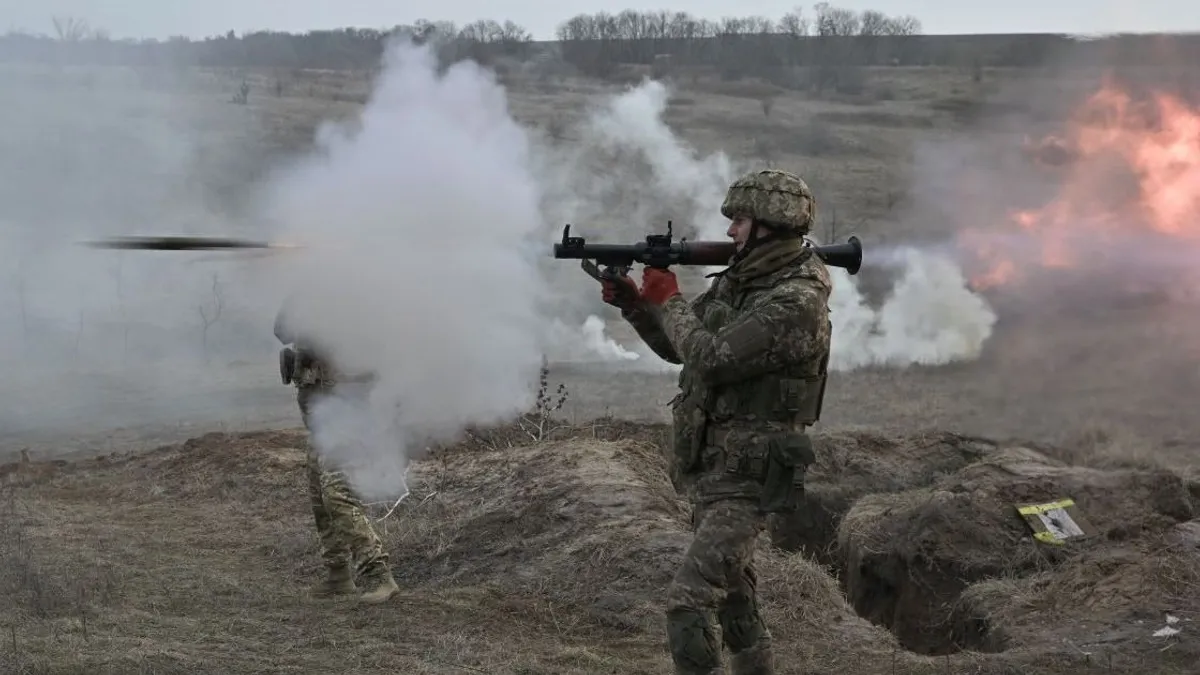The legendary event recounted by the historian Livius - Vae Victis - dramatising the attack of the Gauls in Rome demonstrates well the image of the ancient Romans had of the Celts: ruthless barbarians driven by the desire to rob and steal.
However, modern archaeology has shown that the Celtic Migration cannot be explained by a lust for treasure. In 450-400 B.C. in certain parts of the Celtic world (e.g. in Champagne) overpopulation and a later cessation of the usage of cemeteries point towards a migration of the population. The expansion of the Celts can primarily be viewed as a peaceful colonisation. The findings at Monte Bibele show the symbiosis of the local Etruscan population with the Celts. In Northern Serbia we can observe the assimilation of local Illyrians with immigrant Celts, this is repeated on the Great Hungarian Plain where Scythian objects were found alongside Celtic ones (e.g. at Sajópetri). The evidence of ethnic and cultural integration and the development of an Eastern Celtic cultural coinage shows a number of regional characteristics and we can conclude that by 300-200 B.C the Carpathian basin had become a new centre in the Celtic world.

Borzalmas háborús hírt kaptak a kárpátaljai magyarok

Fontos: Betétdíjas palackokra váltottak ezek az üdítőgyártó cégek!

Hét csillagjegy, akire nagy változások várnak májusban

Áthúzott nadrágszíjas plakátok várják Magyar Pétert Debrecenben

Vége: Elbúcsúzott Jákob Zoli, ennyi volt

Reagált a szakmai stáb és a vezetőség is a Veszprém BL-búcsújára

Eladóvá vált az Andy Vajna által bérelt villa

Későn ébredt a Ferencváros, az Esbjerg jutott be a Bajnokok Ligája négyes döntőjébe

Megdöbbentő tények az étcsokiról

Mutatjuk minden idők legviccesebb ingatlanhirdetését

Poloska Péter kalandjai - itt vannak a legjobb mémek Magyar Péterről!
